Claidière, N., S. Kirby, et al. (2012). “Effect of psychological bias separates cultural from biological evolution.” Proceedings of the National Academy of Sciences 109(51): E3526.
A comment on: MacCallum, R. M., M. Mauch, et al. (2012). “Evolution of music by public choice.” Proceedings of the National Academy of Sciences 109(30): 12081-12086.
Our comment can be found in full below (or on the PNAS website) and the answer is here:
Leroi, A. M., R. M. MacCallum, et al. (2012). “Reply to Claidière et al.: Role of psychological bias in evolution depends on the kind of culture.” Proceedings of the National Academy of Sciences 109(51): E3527.
MacCallum et al. (1) used an innovative Darwinian method to demonstrate the importance of consumers’ preferences in shaping the evolution of music, a fact that has often been overlooked and deserved attention. Their experimental design, however, emphasizes the role of selection at the expense of other fundamental features of human cultural evolution that need to be taken into account to study the evolution of real musical culture.
MacCallum et al. (1) used a genetic algorithm in which a population of musical tunes evolves according to Darwinian principles. Every generation, new tunes are created through recombination of tunes and random mutation of tune properties. The descendant tunes are then rated by consumers, and the ratings are used to determine their relative fitness and whether or not they will “reproduce” (i.e., be involved in the production of the next generation). In this way, MacCallum et al. (1) essentially
implemented a search algorithm to find pleasing tunes, albeit one with key similarities to biological evolution. The authors showed that selection through consumers’ ratings progressively drive the system toward more pleasing chords and rhythms that correspond to Western popular culture. Crucially, however, the authors assumed
that mutation and recombination are rare random events.
This assumption is fundamental in explaining their results, because the relative importance of Darwinian selection compared with that of mutation in explaining the outcome of an evolutionary process depends on the randomness and frequency of transformations that occur between two generations. More frequent nonrandom (“directed”) mutations would have a greater influence on the outcome of evolution.
Assuming that changes during reproduction are few and undirected offers a much better approximation in genetics than in the cultural domain. Theoretical and empirical results show that individuals actively transform and recombine information according to psychological biases and that these biases drive the evolution of culture (2), both in humans and nonhuman animals (3). For example, Kirby et al. (ref. 4) have studied the evolution of language (which shares many properties with music) in a series of iterated learning experiments. These show that artificial languages, when put through an evolutionary process in which there is no selection but where the variation comes from the participants’ learning biases, acquire fundamental properties of real language. This result is strikingly similar to that of MacCallum et al. (1), despite the lack of selection.
These results show that frequent, nonrandom transformative processes, resulting from psychological biases, are crucial in models of cultural evolution, requiring a difference in emphasis from models inspired by biology, such as genetic algorithms. This is not to deny a role for selection; both factors need to be taken into
account when trying to understand the evolution of real music, real language, and, more broadly, real culture (5). In this respect, the study of MacCallum et al. (1) opens up a wide range of possible developments that invites further studies on the relative strength of transformative processes and Darwinian selection and on their role in shaping cultural evolution.
1. MacCallum RM, Mauch M, Burt A, Leroi AM (2012) Evolution of music by public choice. Proc Natl Acad Sci USA 109(30):12081–12086.
2. Sperber D, Hirschfeld LA (2004) The cognitive foundations of cultural stability and diversity. Trends Cogn Sci 8(1):40–46.
3. Claidière N, Sperber D (2010) Imitation explains the propagation, not the stability of animal culture. Proc R Soc Lond B Biol Sci 277(1681):651–659.
4. Kirby S, Cornish H, Smith K (2008) Cumulative cultural evolution in the laboratory: An experimental approach to the origins of structure in human language. Proc Natl Acad Sci USA 105(31):10681–10686.
5. Claidière N, Sperber D (2007) The role of attraction in cultural evolution. J Cogn Cult 7 (1):89–111.
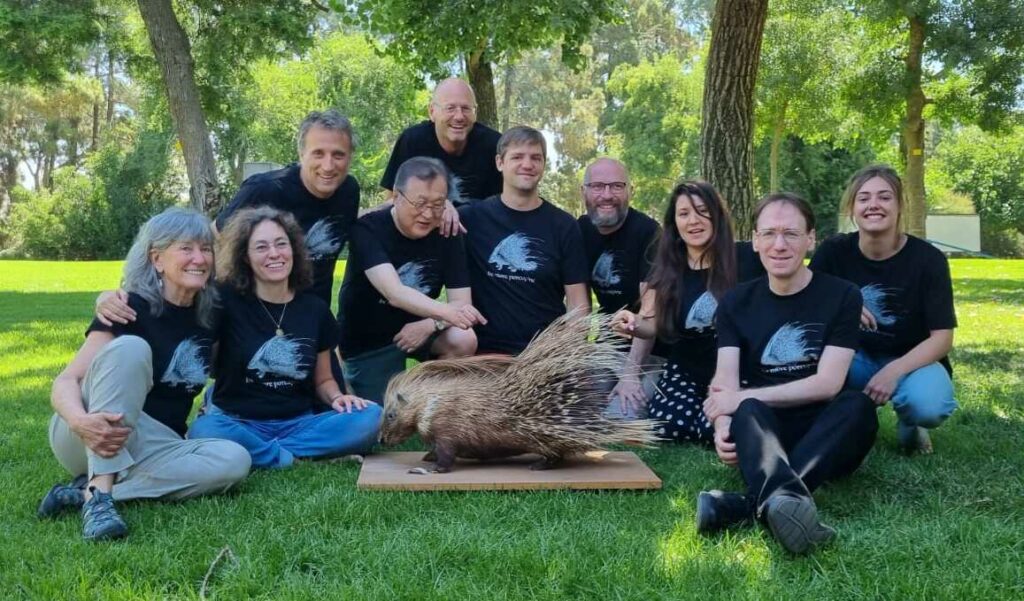


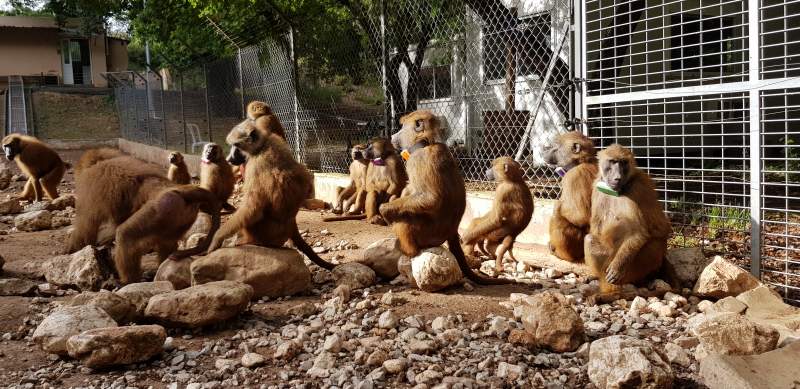
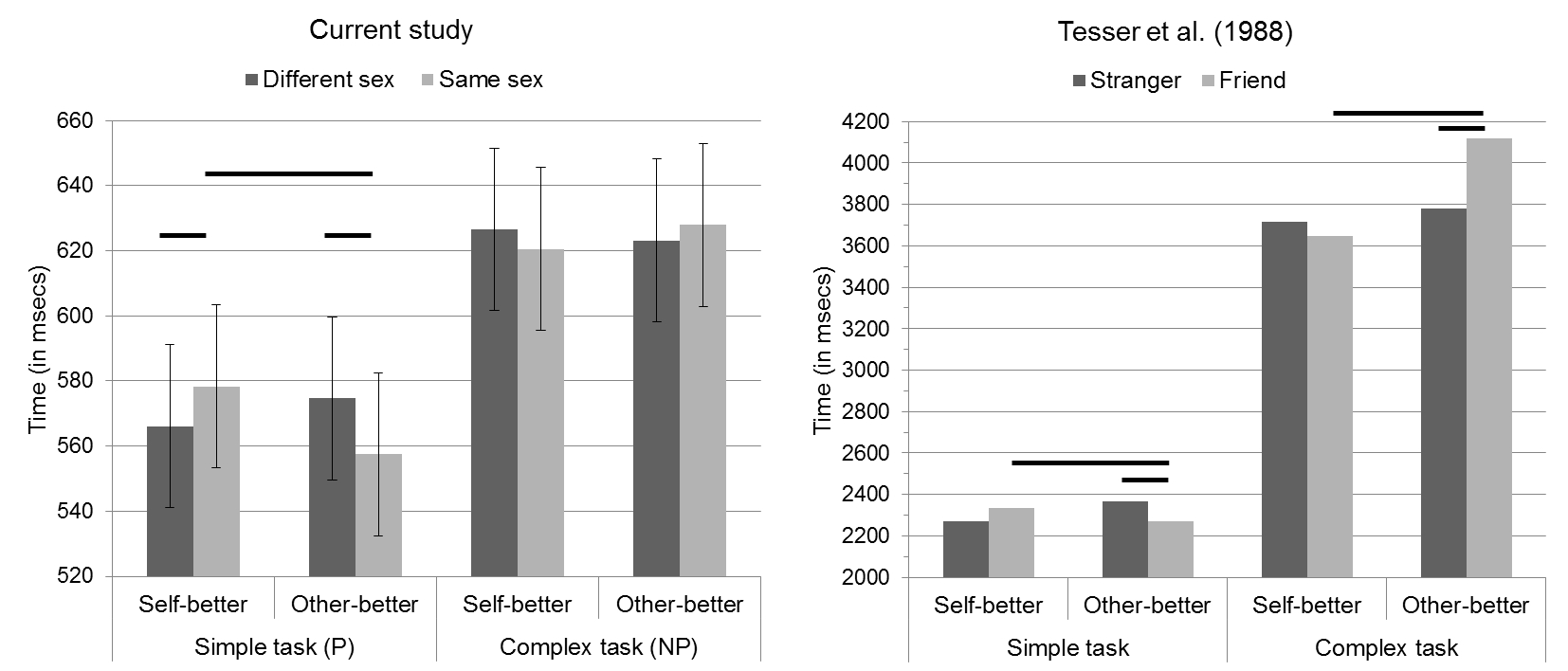
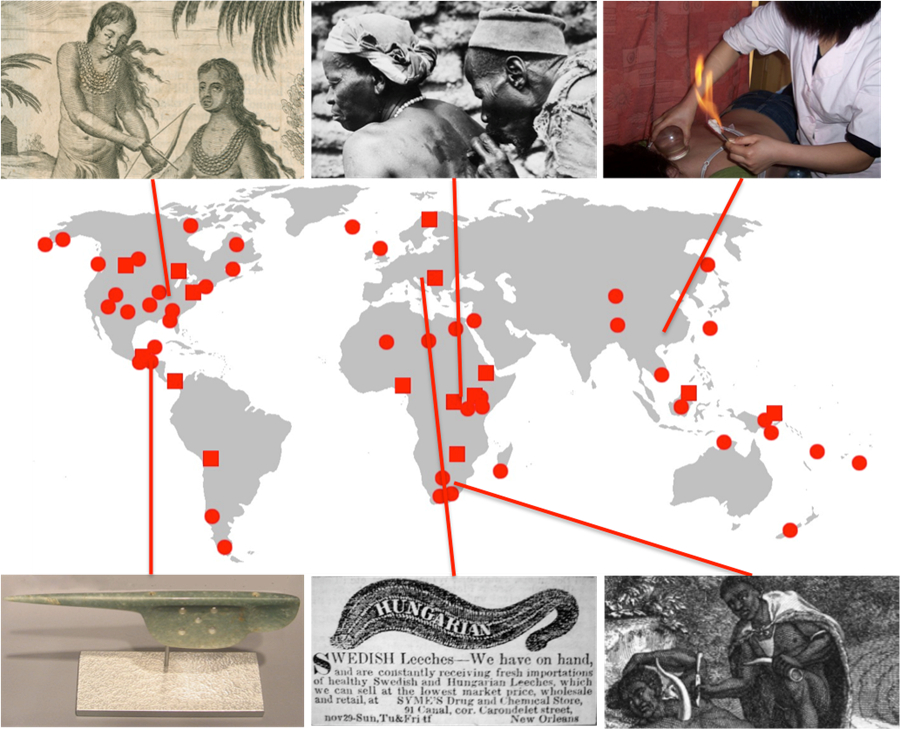
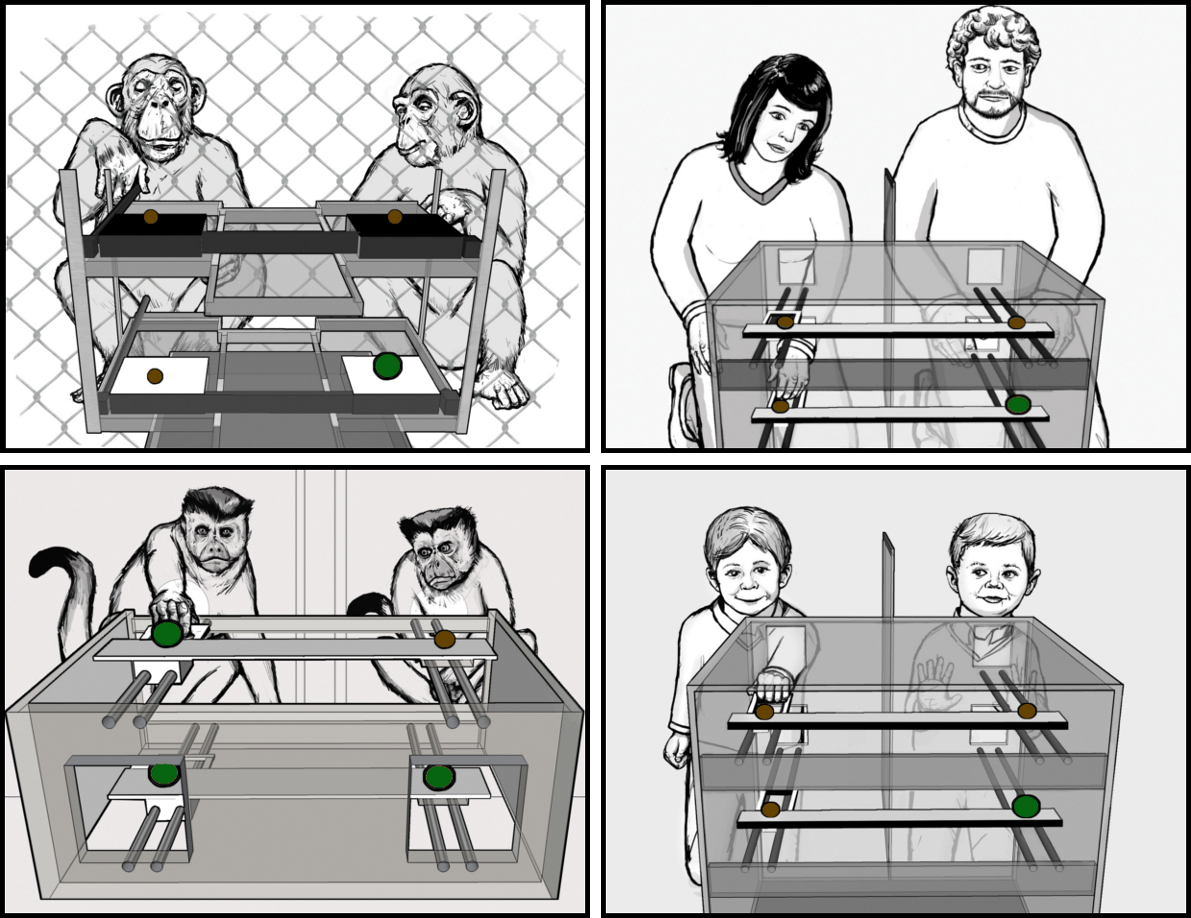
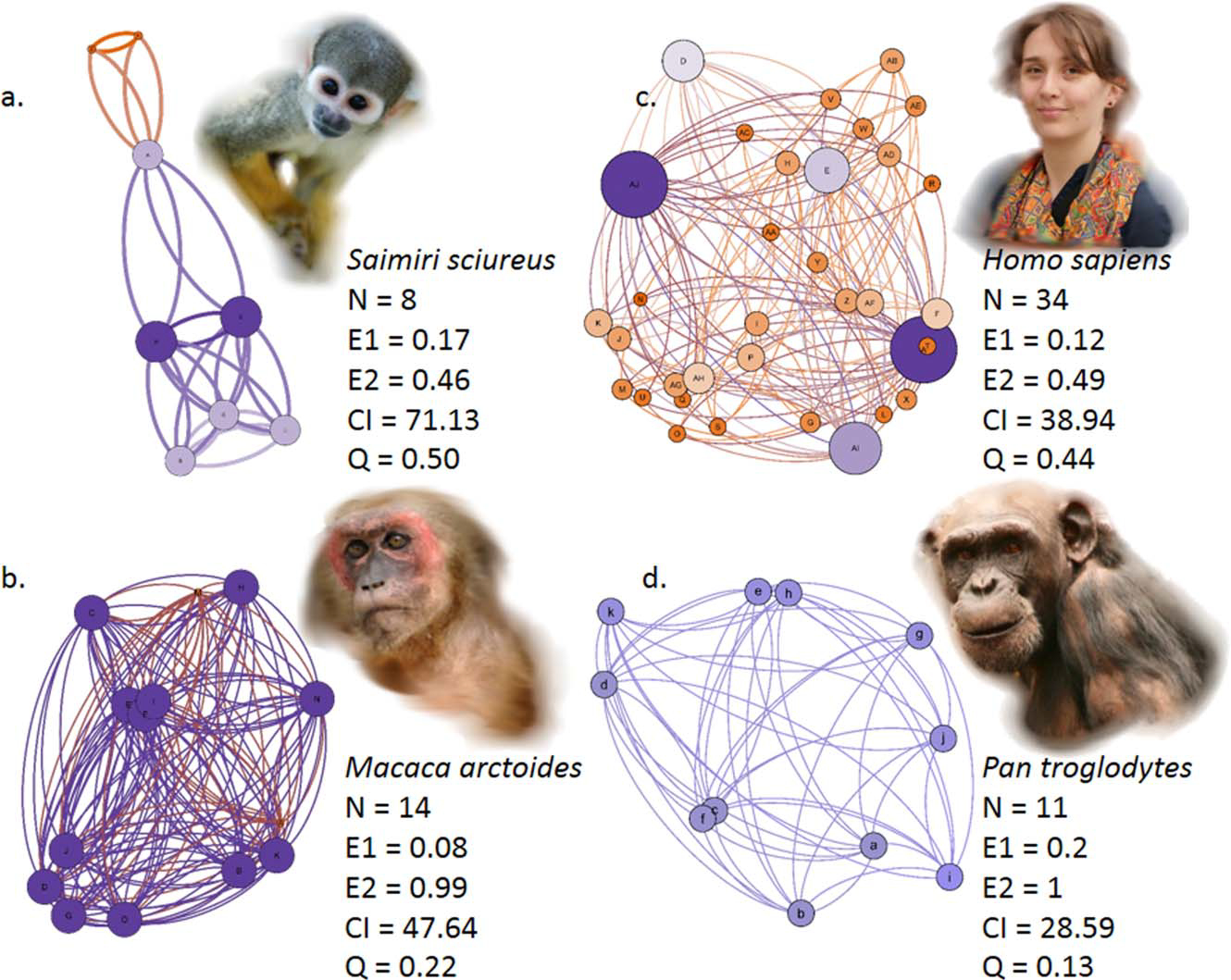 Pasquaretta, C., Leve, M., Claidiere, N., van de Waal, E., Whiten, A., MacIntosh, A. J. J., . . . Sueur, C. (2014). Social networks in primates: smart and tolerant species have more efficient networks. Sci. Rep., 4. doi: 10.1038/srep07600
Pasquaretta, C., Leve, M., Claidiere, N., van de Waal, E., Whiten, A., MacIntosh, A. J. J., . . . Sueur, C. (2014). Social networks in primates: smart and tolerant species have more efficient networks. Sci. Rep., 4. doi: 10.1038/srep07600
 Claidière, N., Smith, K., Kirby, S., & Fagot, J. (2014). Cultural evolution of systematically structured behaviour in a non-human primate. Proceedings of the Royal Society B: Biological Sciences, 281(1797). doi: 10.1098/rspb.2014.1541
Claidière, N., Smith, K., Kirby, S., & Fagot, J. (2014). Cultural evolution of systematically structured behaviour in a non-human primate. Proceedings of the Royal Society B: Biological Sciences, 281(1797). doi: 10.1098/rspb.2014.1541 Claidière, N., Scott-Phillips, T. C., & Sperber, D. (2014). How Darwinian is cultural evolution? Philosophical Transactions of the Royal Society B: Biological Sciences, 369(1642). doi: 10.1098/rstb.2013.0368
Claidière, N., Scott-Phillips, T. C., & Sperber, D. (2014). How Darwinian is cultural evolution? Philosophical Transactions of the Royal Society B: Biological Sciences, 369(1642). doi: 10.1098/rstb.2013.0368